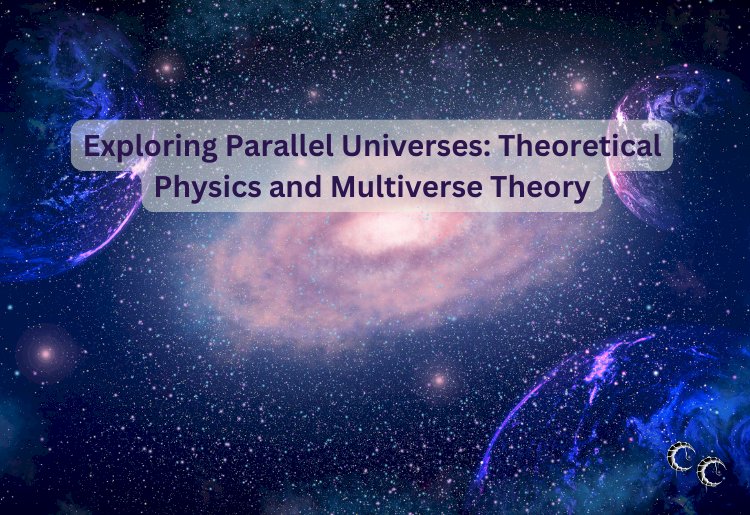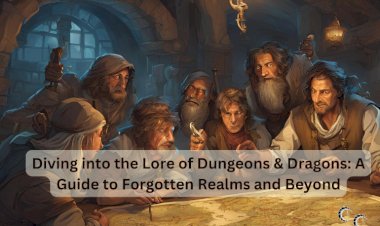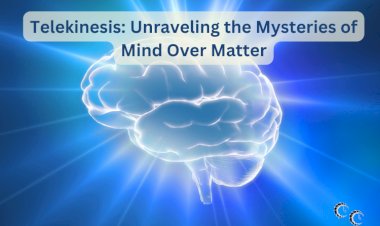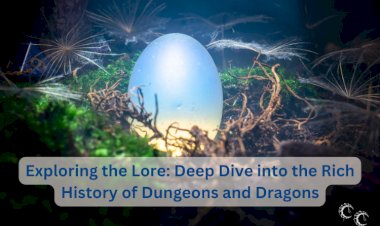Exploring Parallel Universes: Theoretical Physics and Multiverse Theory

For centuries, humanity has gazed up at the stars, wondering about the vastness of the universe and our place within it. But what if the universe we see around us is just one of many? What if there are parallel universes—alternate realities that exist alongside our own, each with its own version of reality, its own rules, and its own history?
The idea of parallel universes is not just confined to science fiction. It has become a fascinating area of exploration within the realm of theoretical physics, sparking debates among scientists, philosophers, and cosmologists. From the quantum mechanics of subatomic particles to the grandiose concepts of cosmology, multiverse theory has emerged as one of the most thought-provoking and controversial ideas in modern physics.
In this article, we will explore the concept of parallel universes, delve into the theories behind the multiverse, and examine how cutting-edge scientific research and discoveries may one day reveal the existence of other worlds beyond our own.
The Origins of the Multiverse Theory
The idea of parallel universes has roots in both philosophical and scientific thought. Early forms of the multiverse theory were explored in ancient philosophical writings. However, the modern version of the theory has evolved largely from the development of quantum mechanics and cosmology over the past century.
The idea that our universe may be just one of many was first proposed in the 1950s by physicist Hugh Everett III. Everett’s “Many-Worlds Interpretation” (MWI) of quantum mechanics posited that every time a quantum event occurs with multiple possible outcomes, the universe splits into different branches, each representing a different outcome. This theory suggested that all possible outcomes of a quantum event could coexist in parallel universes, with each outcome existing in its own distinct reality.
While Everett's theory was initially met with skepticism, it laid the groundwork for further exploration of parallel universes within the context of quantum mechanics. The concept was later expanded upon by various physicists, leading to the development of what we now refer to as the "multiverse theory."
Types of Multiverse Theories
There are several competing theories of parallel universes, each with its own take on how universes could exist beyond our own. While the details of these theories are complex and still debated, some of the most prominent ideas in multiverse theory include:
-
Quantum Multiverse (Many-Worlds Interpretation): The Many-Worlds Interpretation, introduced by Hugh Everett, suggests that every time a quantum event occurs—where multiple outcomes are possible—the universe splits, creating parallel universes where each possible outcome is realized. This means that there are an infinite number of versions of ourselves, each living in a different version of reality based on different decisions or quantum events.
This interpretation directly challenges the traditional idea that only one outcome occurs, instead proposing that all outcomes occur simultaneously, each in its own parallel universe.
-
Cosmological Multiverse (Inflationary Multiverse): The cosmological multiverse theory is based on the concept of cosmic inflation, a rapid expansion of space that occurred shortly after the Big Bang. According to this theory, during inflation, different regions of space could have inflated at different rates, leading to "bubble universes" within a larger multiverse. Each bubble universe could have its own set of physical laws, constants, and even dimensions of space and time.
This model implies that our universe is just one bubble in a vast sea of universes, each with its own unique characteristics. The cosmological multiverse theory is supported by certain aspects of cosmic inflation and the large-scale structure of the universe, though it remains highly speculative.
-
String Theory and the Landscape Multiverse: String theory, a theoretical framework that attempts to reconcile quantum mechanics and general relativity, also leads to the possibility of a multiverse. In string theory, the fundamental building blocks of the universe are not point-like particles, but tiny, vibrating strings of energy. The landscape multiverse arises from the vast number of possible configurations of these strings.
According to the landscape multiverse theory, there may be many different "vacua" or possible configurations of string theory, each leading to a different set of physical laws and constants. This could mean that there are an enormous number of universes, each with its own distinct laws of physics.
-
Mathematical Multiverse: The mathematical multiverse theory, proposed by cosmologist Max Tegmark, suggests that all mathematically possible structures and universes exist. In this view, every possible mathematical structure represents a distinct universe. This theory takes a more abstract approach to the multiverse, proposing that the laws of physics are not the only determining factor in the existence of different universes—rather, any self-consistent mathematical structure could correspond to a separate reality.
According to Tegmark, the mathematical multiverse includes not just our own universe but any conceivable universe that could be described by mathematical equations. This would mean that an infinite number of universes exists, each with different properties and structures, just waiting to be discovered.
Is There Any Evidence for Parallel Universes?
At present, there is no direct observational evidence that proves the existence of parallel universes. However, some scientists argue that certain aspects of our universe might provide indirect evidence or clues that suggest the existence of other universes.
-
Cosmic Inflation and the Cosmic Microwave Background (CMB): The theory of cosmic inflation, which suggests the rapid expansion of space in the early universe, is supported by evidence from the Cosmic Microwave Background (CMB), the afterglow of the Big Bang. Some proponents of the multiverse argue that the patterns and fluctuations observed in the CMB could be evidence of other universes interacting with our own during the inflationary period.
-
The "Big Bounce" and the Cyclic Model: The cyclic model of the universe suggests that our universe undergoes cycles of expansion and contraction, possibly involving a "big bounce" rather than a singular Big Bang. This model could imply the existence of other universes that have also gone through similar cycles of birth, evolution, and rebirth.
-
Quantum Entanglement and Nonlocality: Quantum mechanics has long been known to exhibit strange and counterintuitive phenomena, such as quantum entanglement, where particles separated by vast distances appear to instantaneously influence one another. Some physicists suggest that quantum entanglement could provide indirect evidence of parallel universes, with particles in different universes becoming entangled or "linked" across dimensions.
-
The "Fine-Tuning" Problem: One of the key arguments for the existence of a multiverse is the so-called "fine-tuning" of the universe. The physical constants and laws of our universe appear to be perfectly calibrated to allow for life. Some argue that the existence of a vast multiverse with countless variations in physical laws could explain why our universe is fine-tuned for life—simply put, we just happen to live in one of the universes where conditions are right.
The Philosophical Implications of the Multiverse
The existence of parallel universes raises profound philosophical and existential questions. If multiple versions of reality exist, does that mean every possible decision or outcome we experience is playing out in some other universe? What does this mean for free will and personal responsibility?
Some argue that the idea of parallel universes could challenge our understanding of reality, leading to questions about the nature of existence itself. If there are an infinite number of universes, each with its own version of history and reality, does that mean our lives are insignificant in the grand scheme of the multiverse? Or does it open the door to a more profound understanding of our place in the cosmos?
Furthermore, the idea of the multiverse challenges the very concept of "uniqueness." If there are infinite universes, are any of them truly special? Are we just one version of countless iterations of reality, or does our universe possess a unique essence that distinguishes it from others?
The Future of Multiverse Research
While the scientific community is still divided on the validity of multiverse theories, ongoing advancements in theoretical physics, cosmology, and quantum mechanics may one day provide us with the tools to test these ideas more rigorously. As scientists continue to probe the deepest mysteries of the universe, the possibility of parallel universes remains an exciting frontier in the search for knowledge.
Whether or not we will ever find definitive proof of parallel universes remains uncertain. But for now, the concept of the multiverse continues to ignite the imaginations of scientists and philosophers alike, offering a tantalizing glimpse into the infinite possibilities that may lie beyond the limits of our own reality.































